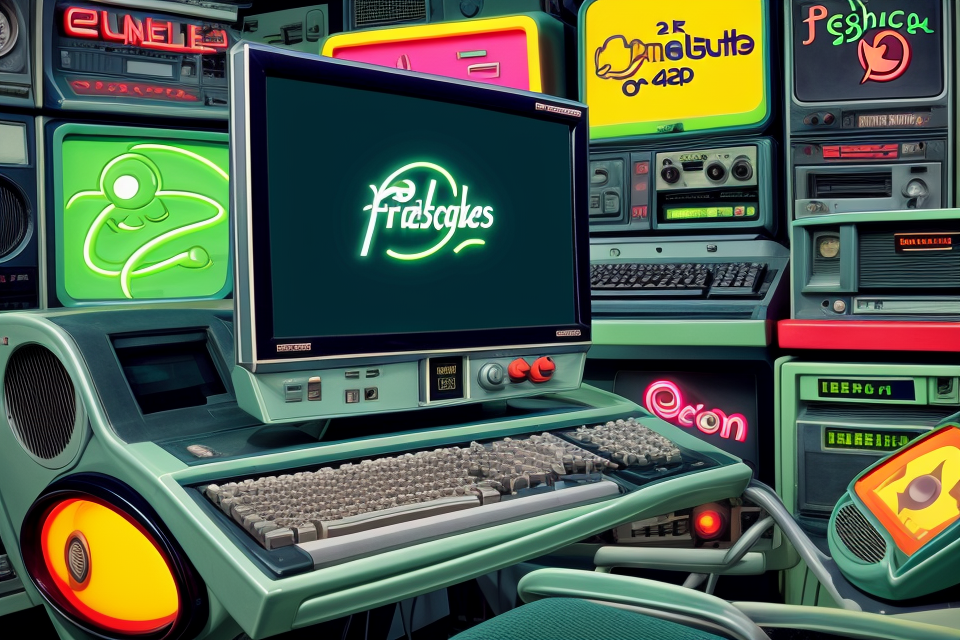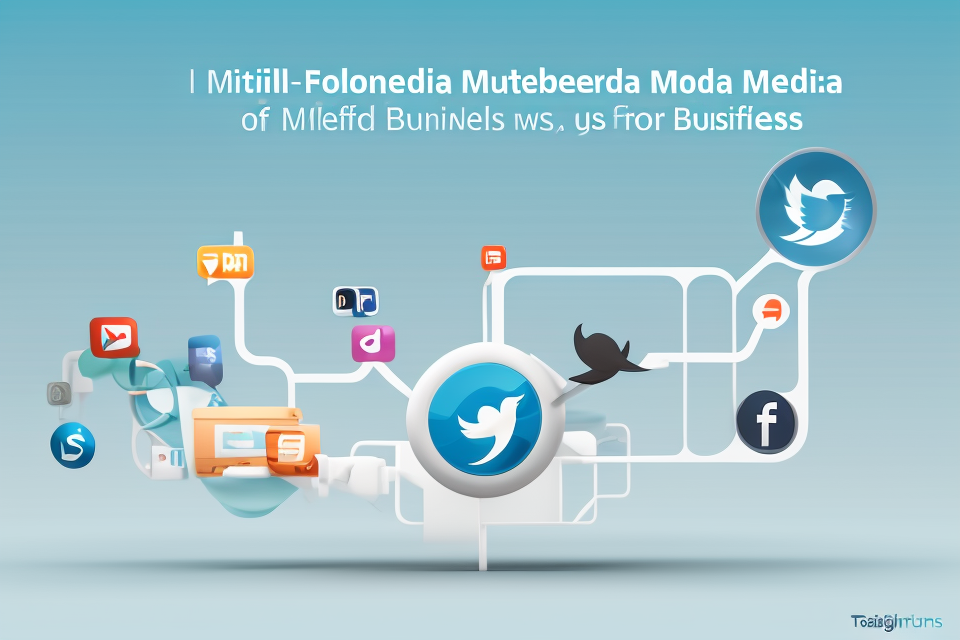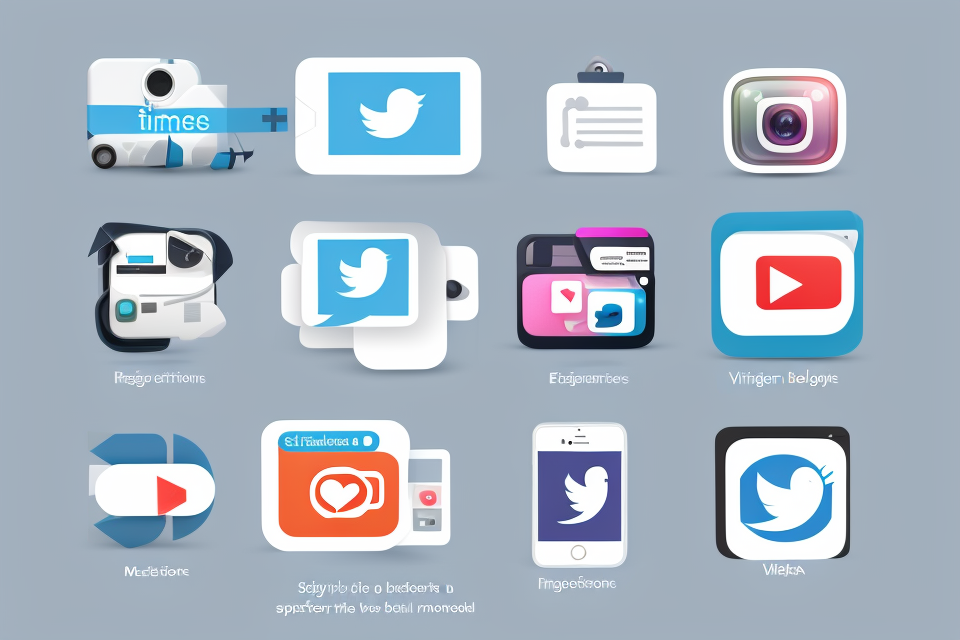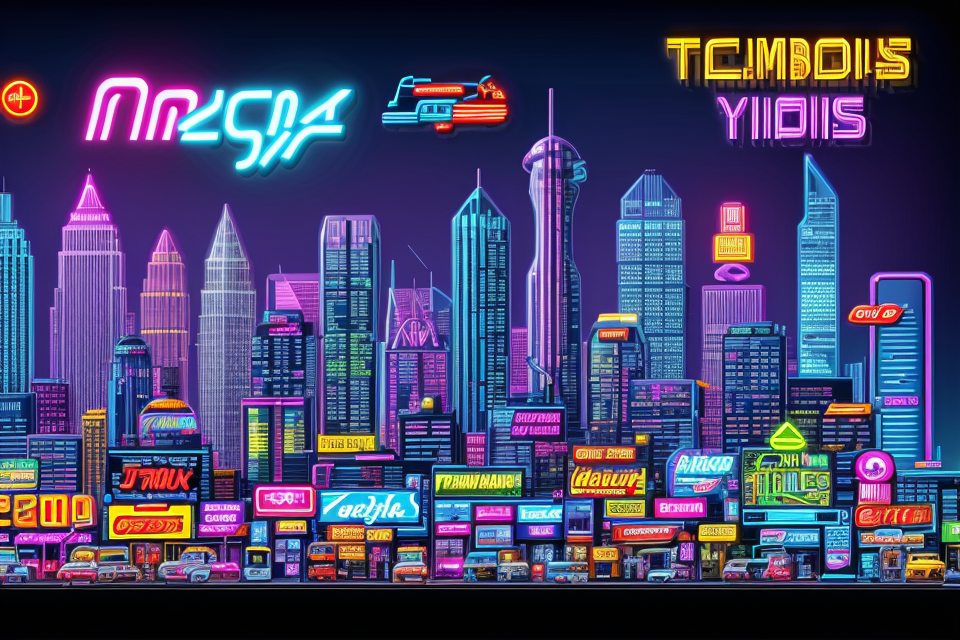Social media has become an integral part of our lives, but before MySpace, what did social media look like? Before the launch of MySpace in 2003, social media was a very different beast. It was a time when online communities were still in their infancy, and the idea of connecting with people from all over the world was still a novel concept. In this article, we will take a trip down memory lane and explore what social media was like before MySpace, and how it paved the way for the social media landscape we know today.
Before MySpace, social media consisted of a few early platforms like Friendster, LinkedIn, and LiveJournal. These sites allowed users to create profiles, connect with friends, and share content. However, MySpace was the first social media platform to become widely popular and led to the explosion of social media as we know it today.
The Origins of Social Media
The Early Days of Online Communities
Bulletin Board Systems (BBS)
In the early days of online communities, Bulletin Board Systems (BBS) were the precursor to modern social media. BBS were text-based systems that allowed users to access online forums, chat rooms, and message boards. Users could log in and leave messages for others to read, and other users could respond to those messages. BBS were typically hosted on dedicated computers and accessed via phone lines or dial-up modems. They were often focused on specific topics, such as hobbies or interests, and attracted small groups of dedicated users.
Online Services
Another early form of online community was the online service. Online services were commercial services that provided access to email, bulletin boards, and other online resources. The first online service was called CompuServe, which was launched in 1969. Other online services followed, such as Prodigy and AOL, which became very popular in the 1980s and 1990s. These services typically required a subscription fee and provided users with a unique email address and access to a range of online resources, including forums and chat rooms.
Web-Based Forums
Web-based forums were another early form of online community. These forums were created in the mid-1990s and allowed users to discuss topics of interest in a threaded conversation format. The first web-based forum was called “Usenet”, which was created in 1980. Usenet was a system of newsgroups that allowed users to post messages and participate in discussions on a wide range of topics. Other web-based forums followed, such as “GeoCities” and “Lycos”, which provided users with a platform to create their own web pages and participate in online discussions.
These early forms of online communities paved the way for the development of modern social media platforms, which have evolved to include a wider range of features and functionality. However, the core principles of community, conversation, and connection remain at the heart of social media today.
The Emergence of Social Networking Sites
Friendster
Friendster was one of the earliest social networking sites that gained popularity in the early 2000s. It was launched in 2002 and allowed users to create profiles, connect with friends, and share photos and other content. Friendster was known for its unique features such as the “Top 8” list, which showed the user’s eight closest friends on the site. However, Friendster struggled to keep up with the competition and eventually lost its prominence as other social networking sites emerged.
LinkedIn was launched in 2003 and was initially designed as a professional networking site. It allowed users to create profiles, connect with colleagues and business contacts, and share information about their careers and industries. LinkedIn quickly gained popularity among professionals and businesses, and it has since become one of the most widely used social networking sites for career development and professional networking.
Hi5
Hi5 was another early social networking site that gained popularity in the mid-2000s. It was launched in 2004 and allowed users to create profiles, connect with friends, and share content such as photos and videos. Hi5 was known for its unique features such as the “Hi5 Friends” list, which showed the user’s top friends on the site. However, Hi5 struggled to compete with larger social networking sites such as MySpace and Facebook, and it eventually lost its prominence.
The Rise of MySpace
The Birth of MySpace
In the early 2000s, a new platform emerged that would forever change the way people interacted online. MySpace was born in 2003, created by Tom Anderson and Chris DeWolfe. The idea for the site came about as a way for friends to connect and share their interests and content online. The platform quickly gained popularity, with users flocking to the site to create their own profiles, connect with friends, and share photos and music.
The creation of MySpace was a result of the growing demand for social networking sites. At the time, platforms like Friendster and LinkedIn were already gaining traction, but MySpace offered something different. It was a place where users could customize their profiles with unique backgrounds, create and share music playlists, and connect with others through messages and forums.
The growth of MySpace was rapid, with millions of users signing up in just a few short months. The site’s success was due in part to its user-friendly interface and its ability to cater to a wide range of interests. Users could join groups based on their hobbies and interests, and connect with others who shared their passions.
As MySpace continued to grow, it attracted the attention of media companies and advertisers. This led to the development of new features, such as MySpace Music and MySpace TV, which allowed users to stream music and watch videos on the site. The addition of these features further solidified MySpace’s position as a leading social networking platform.
However, MySpace’s popularity was not to last. In the mid-2000s, a new platform emerged that would eventually overshadow MySpace: Facebook. While MySpace continued to evolve and add new features, Facebook’s user-friendly interface and streamlined design made it the go-to platform for many users. As a result, MySpace began to lose its prominence, and its user base began to dwindle.
The Impact of MySpace on Social Media
The Shift to User-Generated Content
MySpace was a pivotal force in the shift from traditional media to user-generated content. Prior to MySpace, the internet was primarily used as a platform for one-way communication, with websites providing information to users. MySpace revolutionized the way users interacted with the internet by enabling them to create their own profiles, share content, and connect with others.
The Emergence of Customizable Profiles
MySpace introduced the concept of customizable profiles, allowing users to create personalized online spaces. Users could upload photos, share personal information, and connect with friends and family. This new level of personalization made the internet feel more human and less like a cold, impersonal platform.
The Popularity of MySpace Songs and Layouts
MySpace was also a launchpad for the popularity of user-generated content. Users could upload and share their own music, videos, and even website layouts. This created a community of creators who were able to showcase their talents and connect with fans. MySpace was instrumental in launching the careers of many artists, including musicians and actors.
MySpace’s impact on social media cannot be overstated. It set the stage for the rise of user-generated content and paved the way for the development of future social media platforms. By enabling users to create personalized profiles and share content, MySpace changed the way we interact with the internet and each other.
The Evolution of Social Media After MySpace
The Dominance of Facebook
The Launch of Facebook
Facebook was launched in 2004 by Mark Zuckerberg, along with his roommates and fellow Harvard students, Eduardo Saverin, Andrew McCollum, Dustin Moskovitz, and Chris Hughes. Initially, the site was only accessible to Harvard students, but it quickly expanded to other colleges and universities in the United States.
The Features That Made Facebook Popular
Facebook’s popularity skyrocketed due to several features that were unique at the time. One of the most important features was the ability to create profiles, which allowed users to share information about themselves with others. This feature was especially appealing to college students who wanted to connect with their peers.
Another important feature was the ability to join groups and connect with people who shared similar interests. This feature helped to create a sense of community on the site and made it easier for people to connect with others who had similar interests.
Facebook also allowed users to upload photos and share them with their friends, which was a major attraction for many users. The site also included a news feed, which allowed users to see updates from their friends in one place.
The Expansion of Facebook
Facebook quickly expanded beyond college campuses and became available to anyone over the age of 13. In 2006, the site introduced its platform, which allowed third-party developers to create applications for the site. This move helped to fuel the growth of Facebook and made it one of the most popular social media sites in the world.
Facebook also began to acquire other companies, such as Instagram and WhatsApp, which helped to expand its user base and diversify its offerings. Today, Facebook is one of the largest social media companies in the world, with billions of active users.
The Rise of Other Social Media Platforms
- Twitter
- Launched in 2006
- Focused on short messages, called “tweets,” with a 140-character limit
- Allowed users to follow and interact with others, creating a real-time information exchange
- Popularized by celebrities, politicians, and journalists for sharing updates and news
- Instagram
- Launched in 2010
- Focused on visual content, including photos and videos
- Offered filters and editing tools to enhance and transform images
- Gained popularity for its user-friendly interface and ability to connect with friends and influencers
- TikTok
- Launched in 2016 (previously known as Musical.ly)
- Focused on short-form video content, with lip-syncing and dance challenges gaining popularity
- Utilized artificial intelligence to recommend content and help users discover new trends
- Gained a massive user base, particularly among younger generations, and expanded to multiple languages and regions
The Future of Social Media
The Continued Evolution of Social Media Platforms
As social media continues to evolve, it is expected that new platforms will emerge, and existing ones will adapt to meet the changing needs and preferences of users. In the future, we can expect to see more niche social media platforms that cater to specific interests and communities. Additionally, there may be an increased focus on privacy and security features, as well as the integration of augmented and virtual reality technologies to enhance user experiences.
The Impact of Social Media on Society
Social media has already had a significant impact on society, and this trend is likely to continue in the future. As social media platforms become more integrated into our daily lives, they will continue to shape our social interactions, information sharing, and political discourse. It is important for individuals, organizations, and governments to understand the implications of social media on society and to develop strategies to mitigate its negative effects while maximizing its potential for positive change.
The Challenges and Opportunities of Social Media
Social media presents both challenges and opportunities for individuals, organizations, and society as a whole. On the one hand, social media can facilitate communication, collaboration, and the sharing of information and ideas. On the other hand, it can also lead to the spread of misinformation, cyberbullying, and other negative effects. As social media continues to evolve, it is important to identify and address these challenges while also embracing the opportunities it presents for connection, innovation, and social change.
FAQs
1. What is social media?
Social media refers to online platforms and tools that allow users to create, share, and interact with content, information, and other users. It includes various types of websites and applications, such as social networking sites, blogs, forums, and wikis.
2. What was the first social media platform?
The first social media platform was called Six Degrees, which was launched in 1997. It was a virtual community that allowed users to create profiles, connect with friends, and share content. However, it failed to gain traction and was eventually shut down in 2000.
3. What was the most popular social media platform before MySpace?
Before MySpace, the most popular social media platform was Friendster. Launched in 2002, Friendster was a social networking site that allowed users to create profiles, connect with friends, and share content. It gained a large following and was considered one of the earliest and most successful social media platforms.
4. What was MySpace?
MySpace was a social networking site that was launched in 2003. It allowed users to create profiles, connect with friends, and share content, such as photos and videos. MySpace was one of the earliest and most popular social media platforms, and it helped to establish the concept of social networking.
5. What was the impact of MySpace on social media?
MySpace had a significant impact on social media by popularizing the concept of social networking and paving the way for other social media platforms, such as Facebook and Twitter. It also helped to establish many of the features and functions that are now common in social media, such as profile creation, friend connections, and content sharing.
6. What are some other early social media platforms?
Some other early social media platforms include LiveJournal, which was launched in 1999, and LinkedIn, which was launched in 2003. These platforms were among the first to offer online communities and tools for connecting with others.



